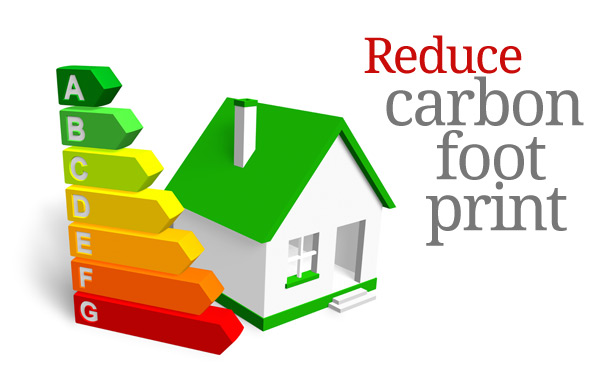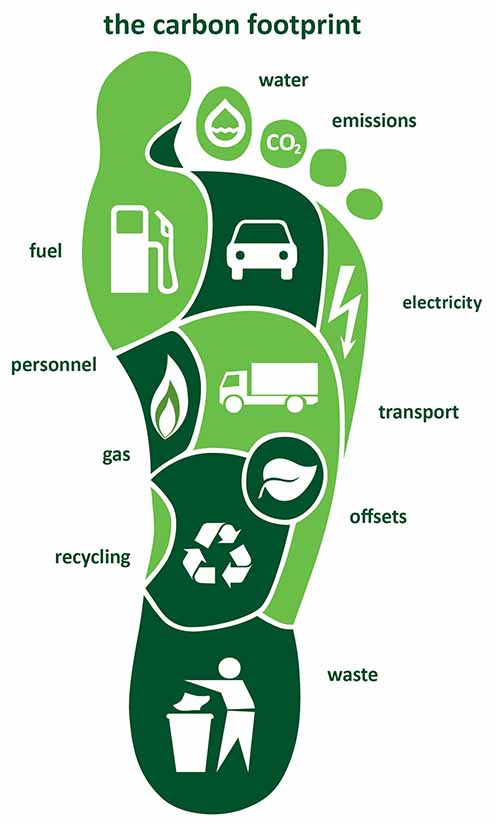Renovation versus New Construction: Which is Greener and Better for the Environment?
The process of new construction, with all of the advanced green building systems, is often faster than renovating an existing structure. But when you factor in having an existing building and infrastructure, which then has the biggest impact environmentally?

While the ease of new construction might be preferred, the greater potential for reducing your carbon impact during a renovation compared to a new construction is very apparent over a 75 year life span of a home or building. The National Trust for Historic Preservation recently stated that the greenest building may be the one you already own.
A new building that is 30% more energy efficient than the average building could take 10 to 80 years to overcome the negative carbon impact that comes with new construction versus renovation. There is an immense amount of energy and CO2 locked into existing buildings from the foundation, materials, energy to make new materials, transport materials, etc. that provides a savings in carbon dioxide compared to the demolition (energy to destruct and haul away) of an existing structure and the creation of a brand new building.

CO2 emissions from homes or buildings include two distinct sources; “embodied” CO2 given off during the building process and the manufacture of the materials during the building of the home, and “operational” CO2 given off from the energy use of living in the building. Obviously renovating an existing building saves substantial CO2 emissions, but over a life span of 50 to 75 years there will be a crossover to where the 30% more efficient new building would save more CO2 emissions through energy savings. But the question is – are short term CO2 emissions more important than long term bigger savings, assuming everything else stays the same?


So how do you reduce your house's carbon footprint?
You may reduce your carbon footprint at home for little to no cost through changes in your habits, conservation, and using energy more efficiently.
- Insulate and seal your home. Reduce drafts and air leaks with caulk, insulation, and weather stripping.
- Appliances. Make energy efficiency a primary consideration when choosing a new furnace, air conditioning unit, dishwasher, or refrigerator.
- Lighting. Turn off lights you’re not using and when you leave the room. Replace incandescent light bulbs with compact fluorescent or LED ones.
- Thermostat. Don’t set it too high or low. Install a programmable model to turn off the heat/air conditioning when you’re not home.
- Solar. Add solar panels to the roof of your home. This costs a little more than the above options, but many providers offer financing options which minimize upfront costs.


- Electronics – Turn things off. If you’re going away or not using an item for awhile, unplug it to prevent “vampire” energy loss from electricity usage on standby.
- Windows – These can be expensive, but when it’s time to replace them, make sure they are energy efficient. The new PVC windows are the best for reducing thermal loss or gain.
- Use cold water whenever possible. - For tasks such as laundry and washing dishes, use cold water unless the items being washed must be washed with warm water. This will eliminate wasting energy on heating the water.
- Recycle all possible materials. - When you no longer need something such as a plastic bottle or newspaper, offer it for recycling if that is an option in your area. Recycling uses less energy and saves more resources than the energy that is required to drill for oil (which is used to make plastic) or cut down trees (which will instead capture carbon if they are not cut down).



The message for the construction industry is clear. Investment in the very highest levels of energy-efficiency for new homes is, even at its best, an extremely costly way of saving carbon. Investing in improvements to existing homes is dramatically more cost-effective.
Call Claire - 082 399 0180
bluedesigns5@gmail.com